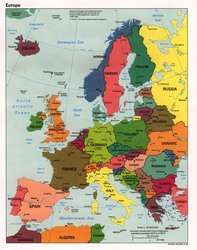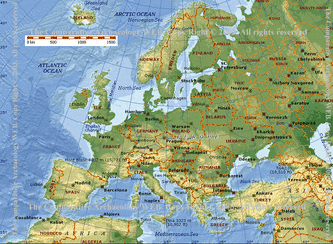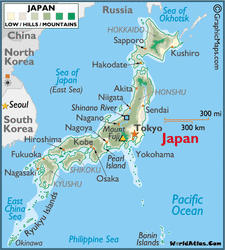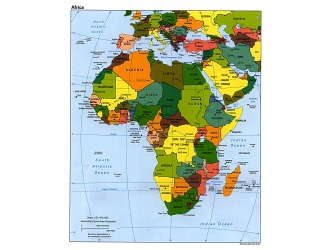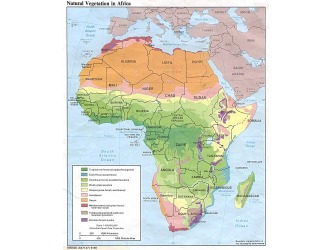Western Europe Maps Gallery

| blank_map_of_europe_2.pdf |
| File Size: | 503 kb |
| File Type: | pdf |
Download File

| blank_map_of_europe.pdf |
| File Size: | 513 kb |
| File Type: | pdf |
Download File
Japan Maps Gallery:

| blank_map_of_se_asai.pdf |
| File Size: | 450 kb |
| File Type: | pdf |
Download File
African Maps Gallery:

| Click here to upload file |
| | |
| | |

| africa_political_map.pdf |
| File Size: | 65 kb |
| File Type: | pdf |
Download File

| african_political.pdf |
| File Size: | 431 kb |
| File Type: | pdf |
Download File
Geography Practice and Study websites:
Check out some of the suggested geography sites to study and memorize new geography.
To test your knowledge of world geography alone or against an online player click this link: http://www.geosense.net/
Learn the geography of any continent by playing this timed "Geospy Game"http://kids.nationalgeographic.com/Games/GeographyGames/Geospy
Think you have mastered your geography skills? Test them and see if you are ready for the "GEO Bee."
http://www.nationalgeographic.com/geographybee/
Do you value geography and wonder life is like around the world? Join the my wonderful world campaign and spread the news to your community, friends and family! Then, you must check out the link below.
http://www.mywonderfulworld.org/index.html
GEOGRAPHY
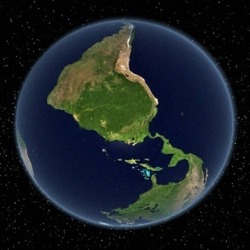
Why does geography matter?
Young Americans are Geographically Illiterate. Richardson added that geographic knowledge is essential for survival in our rapidly globalizing world, a notion that is beginning to gain traction at the university level, where enrollment in geography classes is up.
"We need to really now catch up in offering the foundation for students in geography in the middle schools and the high schools," he said.
The 2002 project also surveyed 18- to 24-year-olds in Canada, France, Germany, Italy, Japan, Mexico, Sweden, and Great Britain. The U.S. trailed every other country in that survey, except Mexico, which did only slightly worse. (See the 2002 results.)
"It's discouraging that so many young Americans have so little understanding of the world," said Robert Pastor, vice president of international affairs at American University in Washington, D.C.
Geography Schmeography?
Even for U.S. geography, the survey results are just as dismal.
Half could not find New York State on a map of the United States.
A third of the respondents could not find Louisiana, and 48 percent couldn't locate Mississippi on a map of the United States, even though Hurricane Katrina put these southeastern states in the spotlight in 2005.
Many young Americans also lack basic map-reading skills.
Told they could escape an approaching hurricane by evacuating to the northwest, only two-thirds could indicate which way northwest is on a map.
Perhaps even more worrisome is the finding that few U.S. young adults seem to care.
Fewer than three in ten think it's absolutely necessary to know where countries in the news are located. Only 14 percent believe speaking another language fluently is a necessary skill.
Fewer than one in five young Americans own a world map.
This geographic ineptitude was further emphasized when young Americans were asked questions on how the United States fits into the wider world.
Three in ten respondents put the U.S. population between one and two billion (it's just under 300 million, according the U.S. Census Bureau). Seventy-four percent said English is the most commonly spoken native language in the world (it's Mandarin Chinese).
Although 73 percent knew the U.S. is the world's largest consumer of oil, nearly as many (71 percent) did not know that the U.S. is also the world's largest exporter of goods and services, when measured in terms of monetary value; half think it's China.
And what about India, which features prominently in the job-outsourcing debate? Forty-seven percent of young Americans were unable to locate where their jobs may go on a map of Asia.
Rutherford, who is also a graduate of the Ph.D. program in geographic education at Texas State University in San Marcos, said improving the geographic literacy of tomorrow's leaders is crucial.
"In our country—where the decisions we make on a daily basis have far-reaching ramifications—it is profoundly important for our people to have a better grasp of geographic literacy," he said.
Geography's Place
According to Richardson, of the Association of American Geographers, enrollment in geography courses at the university level is increasing. This indicates that "geography is assuming a more central place in our society."
Part of the upswing in enrollment is driven by increased use of technology, such as geographic information systems (GIS) and global positioning systems (GPS). In addition, rapid globalization is forcing students to open their eyes to the rest of the world, he says.
On a positive note, since 2002 the percentage of young Americans who use the Internet for news has more than doubled from 11 percent to 27 percent. Respondents who use the Internet were found to do better on the survey than those who do not.
To further increase geographic literacy at the middle and high school level, the National Geographic Society today announced the launch of a public-engagement campaign called My Wonderful World.
Anchored by a Web site, the campaign provides resources to parents and teachers to help children learn about their world.
And improving student engagement and interest seems to lead to improved knowledge, according to the Roper survey.
"The good news," American University's Pastor said, "is education, travel, and language matter. The young people who have more education, who have traveled outside the country, and who can speak a second language are more likely to answer more questions on the geography survey correctly."
"So it shows Americans are educable, and the only question is whether American teachers will do more to interest their students in more education, language, and study-abroad activities."
Free Email News Updates
Sign up for our Inside National Geographic newsletter. Every two weeks we'll send you our top stories and pictures (see sample).
(full article from: http://news.nationalgeographic.com/news/2006/05/0502_060502_geography_2.html

